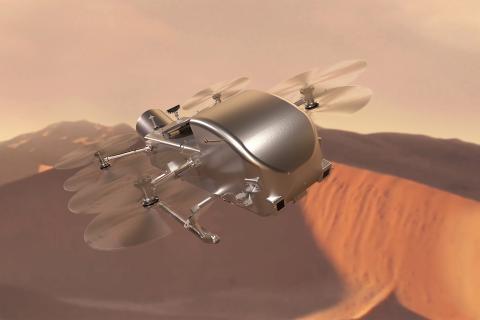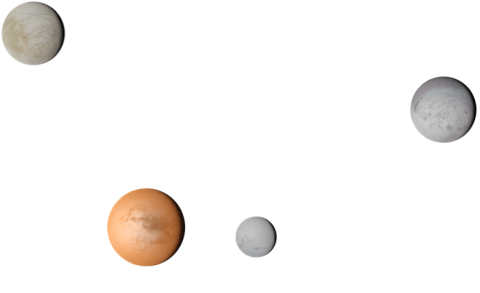About the Instrument
Instrument Type
Gamma-Ray and Neutron
The Dragonfly Gamma-ray and Neutron Spectrometer (DraGNS) will actively measure the elemental composition of Saturn’s largest moon, Titan. DraGNS uses a pulsed neutron generator (PNG) that creates the gamma rays and neutrons at Titan’s surface from which the abundances of carbon, nitrogen, hydrogen and oxygen are determined. DraGNS’ rapid compositional reconnaissance at each site will help the mission operations and science teams determine at which Titan surfaces more detailed chemical analyses should be performed. Dragonfly will collect a variety of samples and data so that the science team can better understand the distribution of icy ammonia or carbon-rich sand content in Titan’s shallow underground.

Gamma-ray and neutron spectroscopy instruments have been used successfully on multiple APL and NASA missions to determine the elemental composition of different planetary worlds, including MESSENGER at Mercury, Dawn at the asteroids Vesta and Ceres, Lunar Prospector at the Moon, the NEAR mission at asteroid Eros, and Mars Odyssey. DraGNS is the first planned use of active gamma-ray spectroscopy with a PNG on a planetary body other than Earth; the PNG enables rapid insight into the Titan surface.




